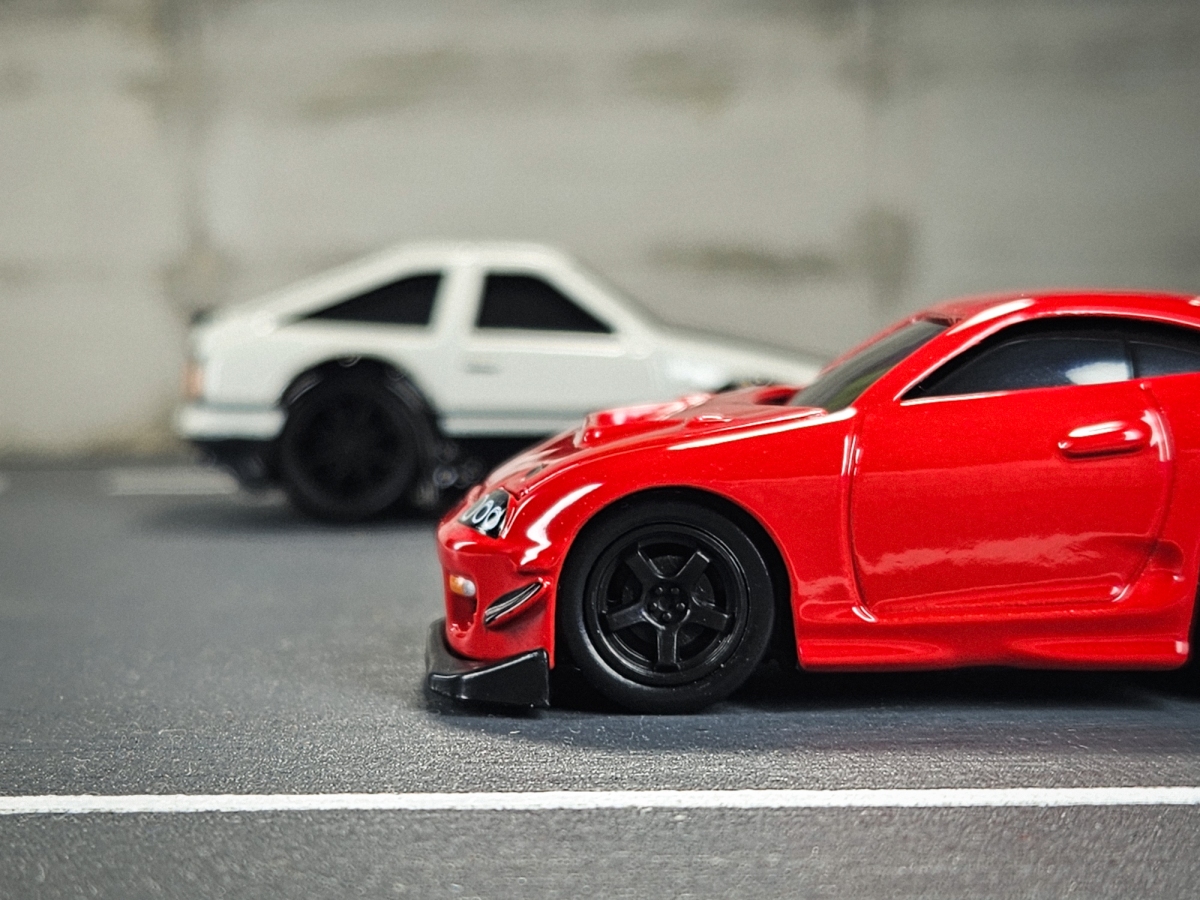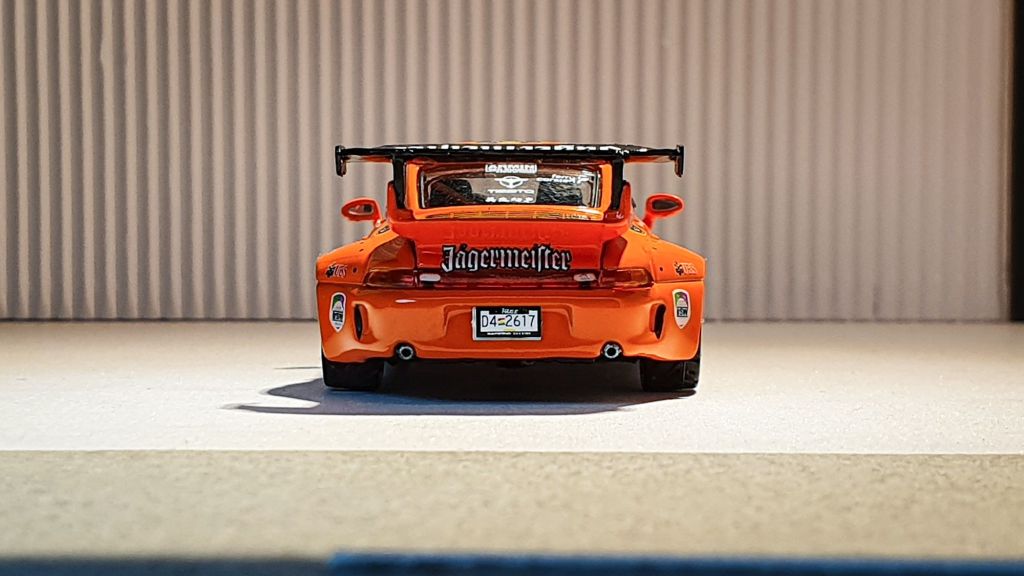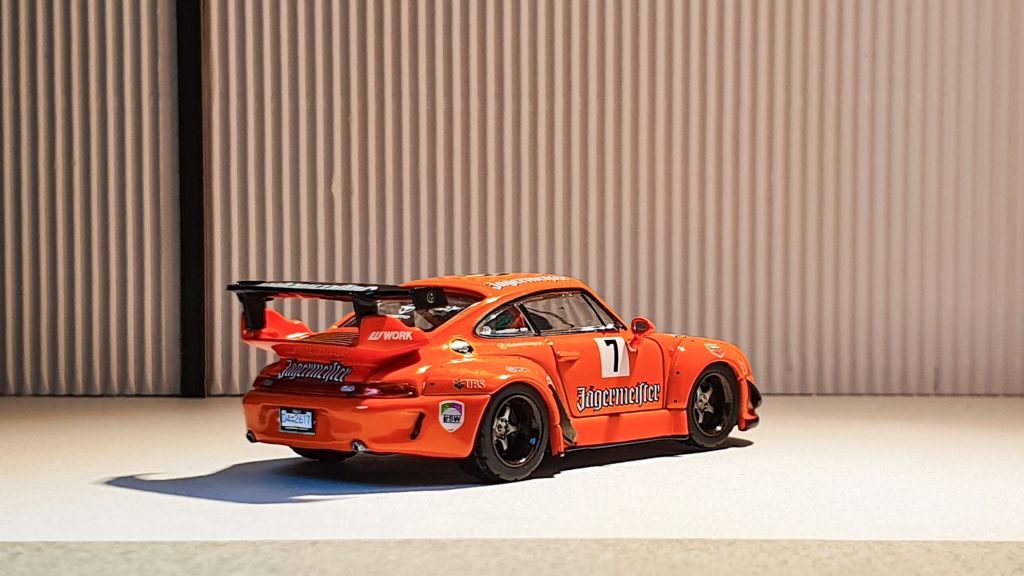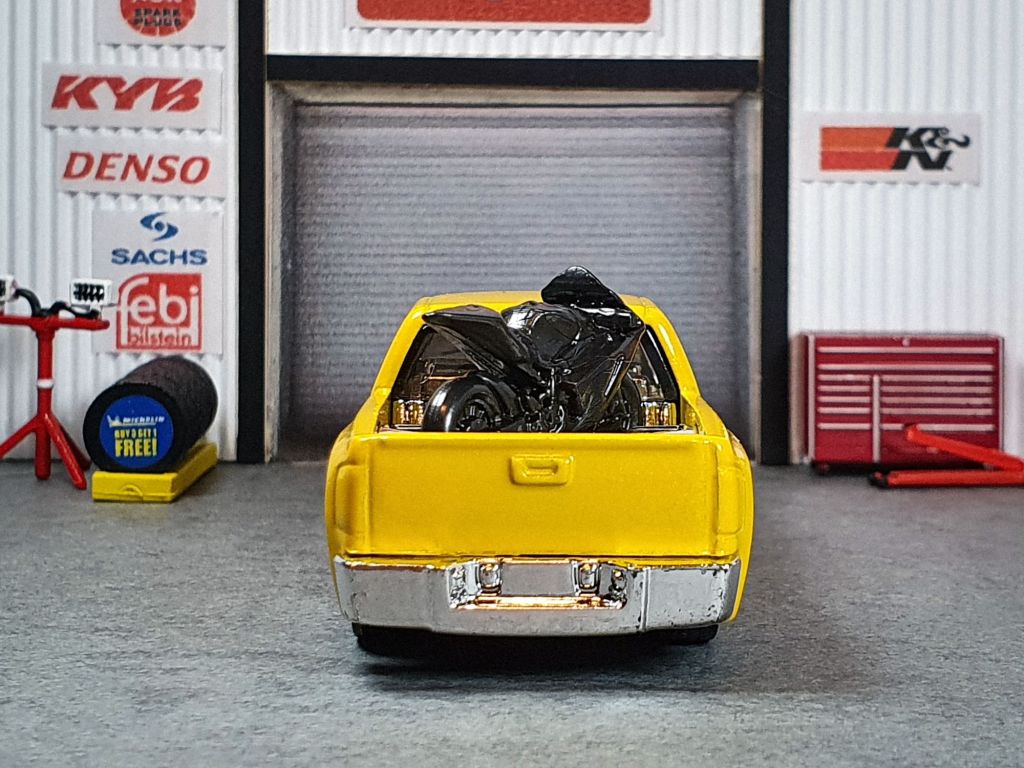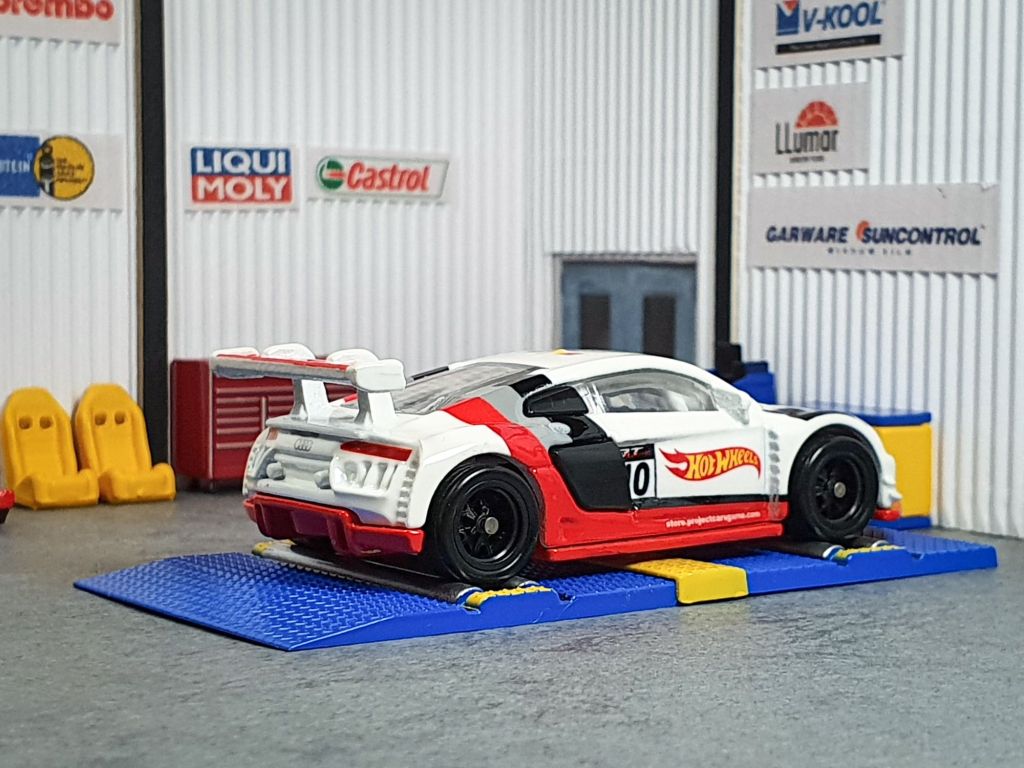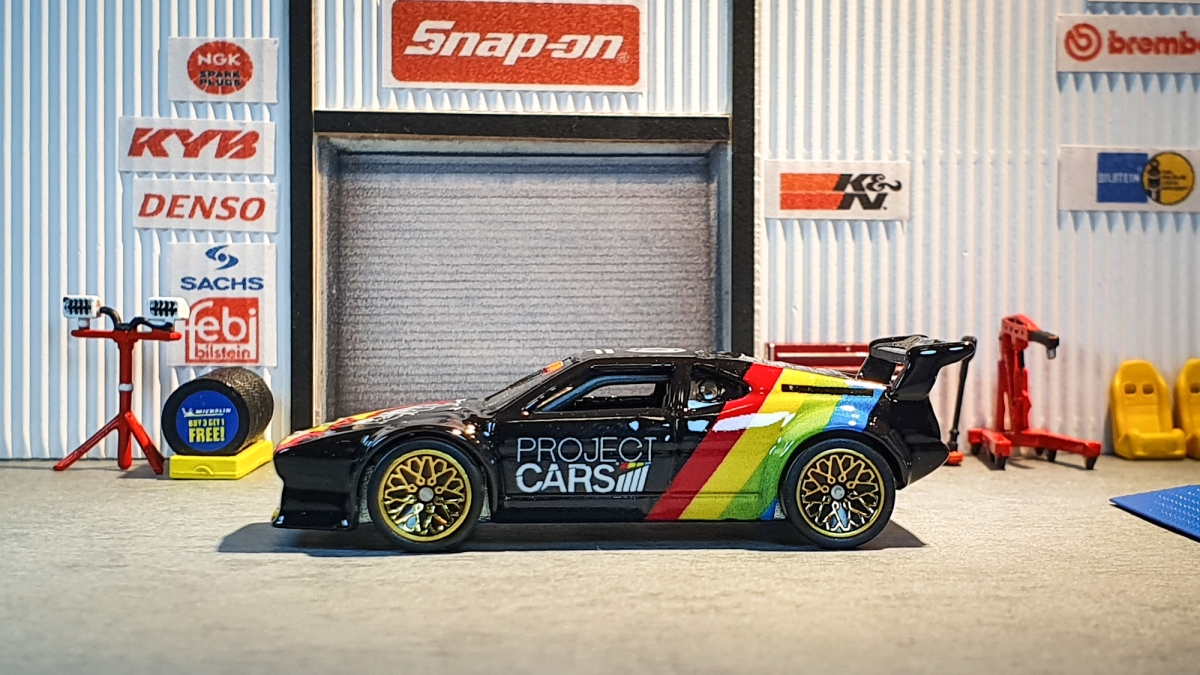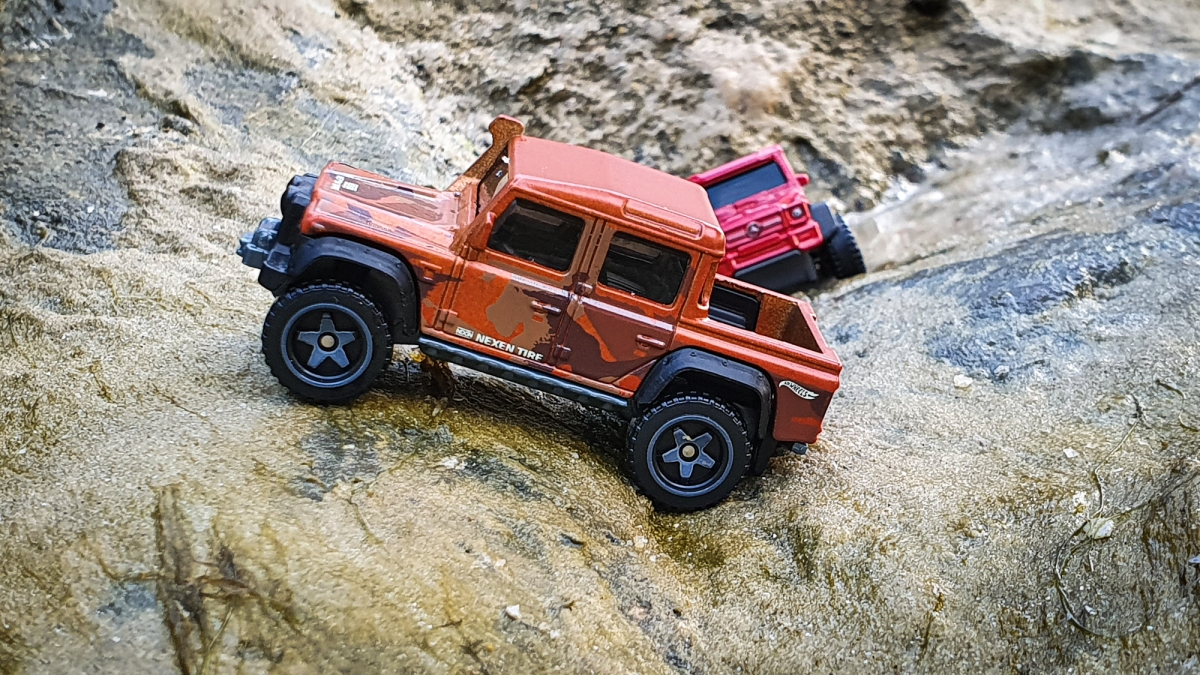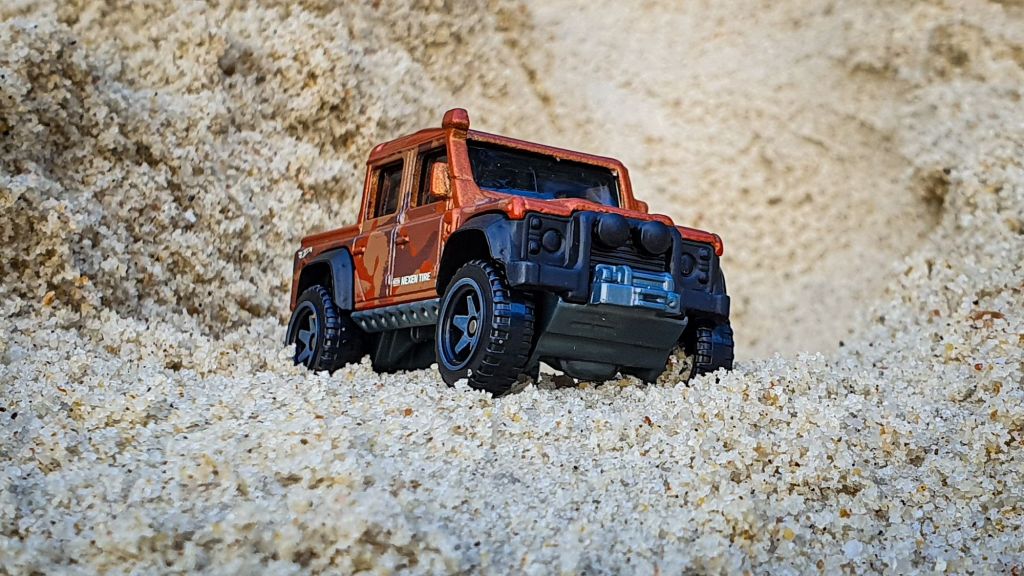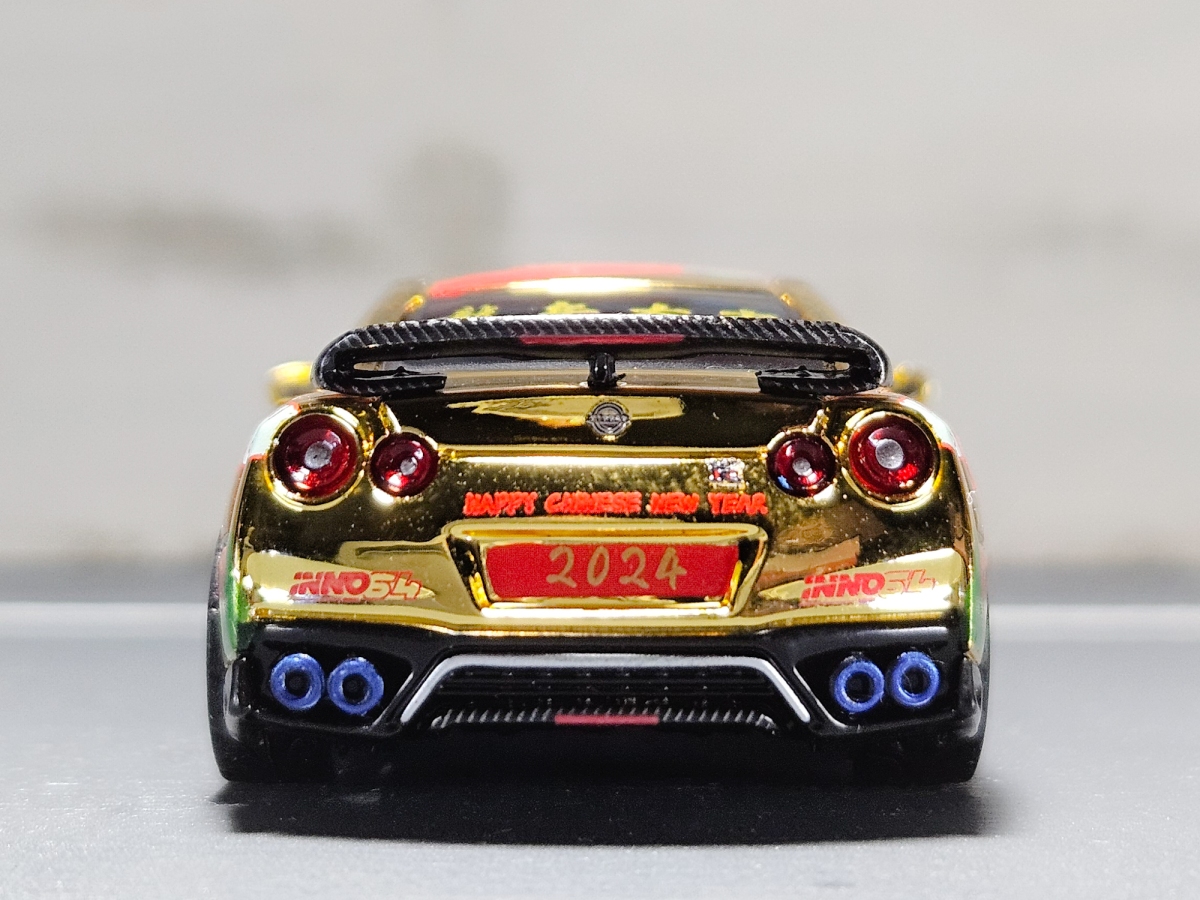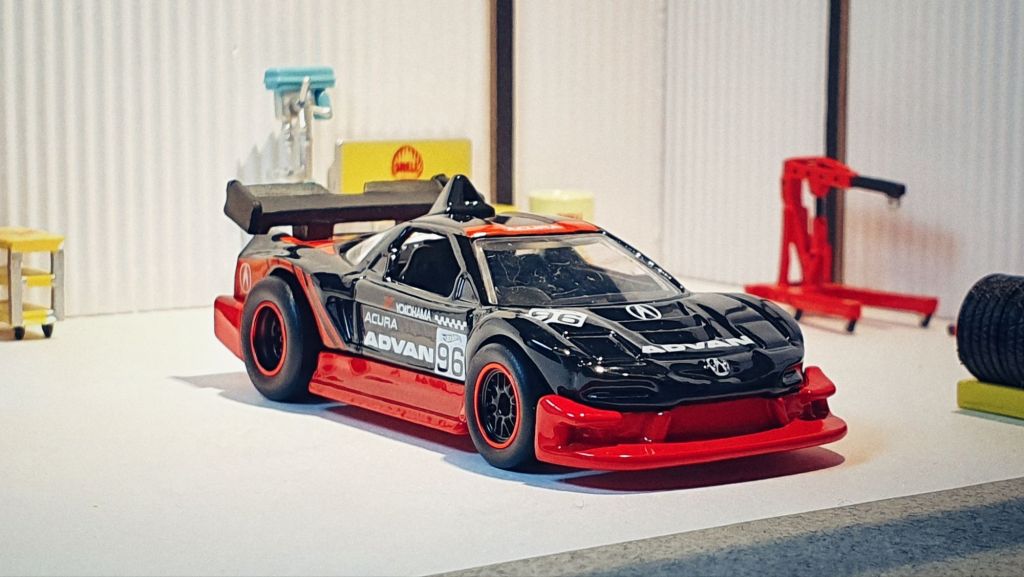I remember the Muscle Machines of old. Back when we didn’t have as diverse a selection as we have now.
The original Muscle Machines were released by Funline Merchandise Company around 1999. I remember them for their super deformed looks that really need no introduction. They were mostly churning out American Muscle cars and hot rods. I thought then that was probably why they were called Muscle Machines in the first place. And then they released Import Tuners. No, these were not the Jada Import Tuners. These were the original Import Tuners. Which was kind of confusing as you would see “Muscle Machines Import Tuner” on the packaging. At the time, these also came in a more premium looking blister pack that was different from what Hot Wheels was giving us. I have some of their Import Tuners, and I used to have their Muscle Machines before as well. However, when I had to streamline my collection, the Muscle Machines didn’t really fit in, and they were let go to other collectors.

While researching Muscle Machines, I realised that they had quite a colourful up and down. They were bought by Action Performance in 2003. Action Performance merged with Motorsport Authentics between 2003-2004. 2012 saw the Muscle Machines branding return under the Maisto banner. Muscle Machines creator Chris Leong went to Castline, Inc. and worked on the M2 Machines. M2 Machines also churned out mostly American Muscle cars, but not in the signature caricature looks of Muscle Machines. Chris founded Funline Merchandise back in 1993.
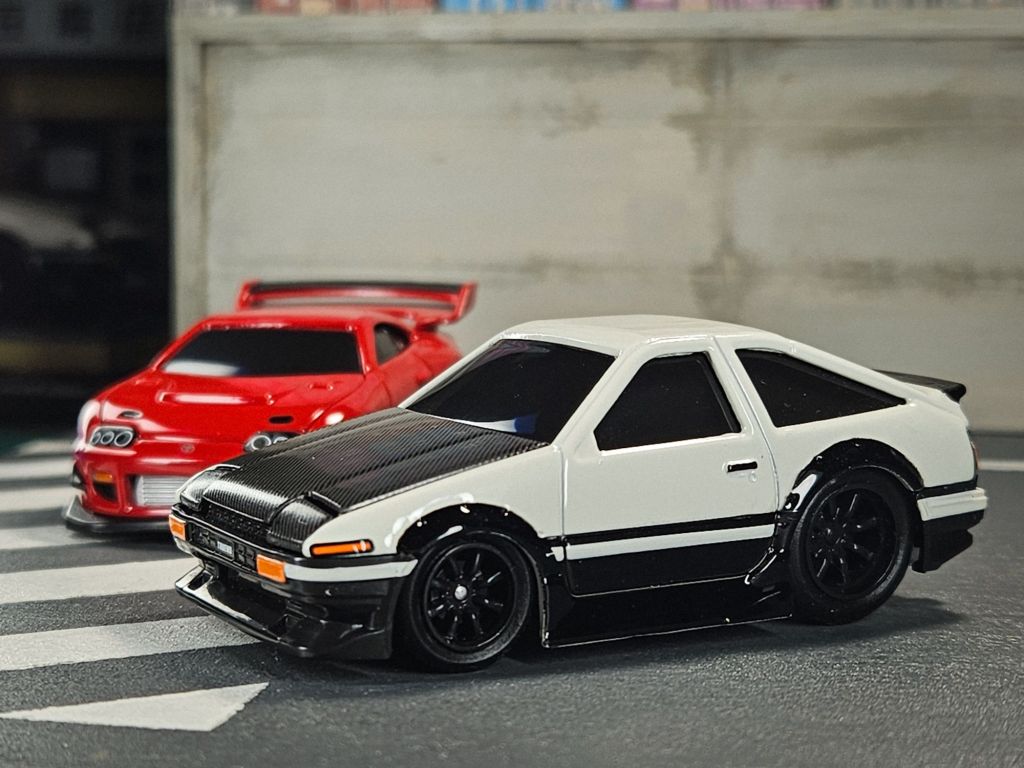
This year (2024) has Muscle Machines buzzing. At least for me. I have seen their resurrection with Maisto a while back, but it wasn’t striking me like it did back in their heyday. They were still cool looking, and they were still unique. Maybe it was me, then. I recently bought a pair of MMs after finally succumbing to the urge. Back to the roots of the brand with some Muscle Machines in import tuner guise. I present a pair of Toyotas. Both legendary machines in their own right, the Toyota Trueno AE86, and a Toyota Supra Mk IV.
